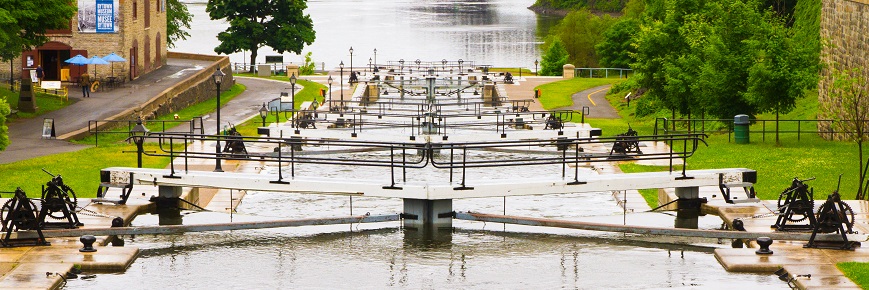
Ottawa Locks Walking Tour
Rideau Canal National Historic Site
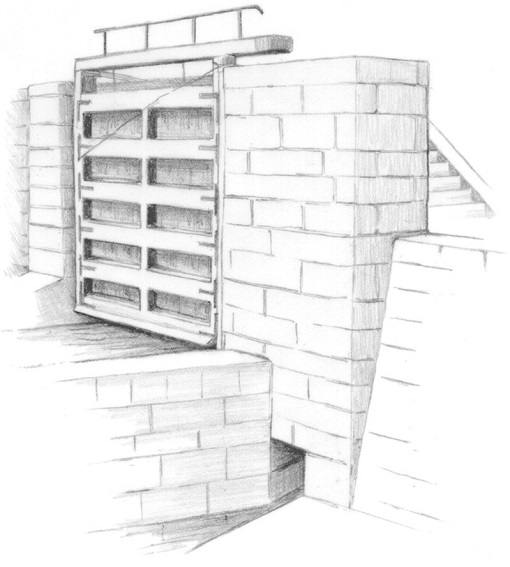
The Ottawa Locks, with its flight of eight locks is more than just an item of passing historic interest. These locks represent an amazing engineering achievement in the middle of the Canadian wilderness of the early 19th century and became the focus around which the city of Ottawa grew. The locks connect the channel of the Rideau Canal in Ottawa to the Ottawa River, almost 80 ft. (24.4 m) below.
The Rideau River falls 30 ft. (9.1 m) in a set of twin falls, downstream of the locks, into the Ottawa River. The word rideau is French for curtain, the appearance of the falls to Samuel de Champlain, who travelled up the Ottawa River in 1613. Samuel Clowes, who surveyed the entire Rideau route in 1824, proposed to have the canal connect with the Ottawa a few hundred yards downstream of the Rideau Falls. However, in 1826, Colonel By and a young engineer, Lieutenant Henry Pooley, travelled west to Wright's Town at Chaudière Falls, and decided, after inspection, that this location would be best.
In 1827, John Pennefeather (Pennyfather according to Legget) was awarded the contract to do the excavation work for the locks. The masonry contract was awarded to Thomas McKay, a young Scottish immigrant to Canada, born in Perth, Scotland in 1792. McKay had been a partner with John Redpath (of Redpath Sugar) on the building of the Lachine Canal in Montreal. McKay stayed on in the Bytown district. In 1838, McKay built a magnificent stone mansion for himself with his most skilled masons. Today it is known as Rideau Hall, the residence of Canada's Governor-General – yet another legacy to the Rideau Canal. Other names associated with the construction of the Ottawa Locks are: Walter Fenlon, Philemon Wright (the founder of Hull) and Colonel By's Chief Clerk of Works, John MacTaggart.
In September, 1831, the steamboat, Union, was the first vessel to pass through the Ottawa Locks. Even though the locks are in the middle of a major urban centre, they still maintain the tranquil beauty and charm that characterize a typical Rideau lockstation.
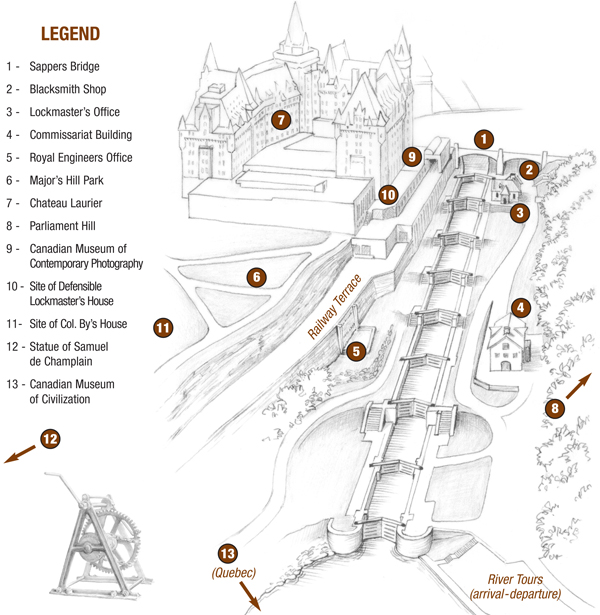
Site Attractions
1. Sappers Bridge (1827-1911): The very impressive Sappers Bridge, made entirely of stone, with a road width of 18 ft. (5.5 m) and a clearance of 28 ft. (6.4 m) over the canal, was built at the same time as the locks. It connected Upper and Lower Bytown and for the first half of the century it was the only bridge crossing the canal below Burritts Rapids. The bridge was taken down in 1912. A testimony to the quality of its construction was that initial attempts at blasting failed to damage the bridge and it had to be brought down by repeatedly dropping a large weight onto the bridgeworks.
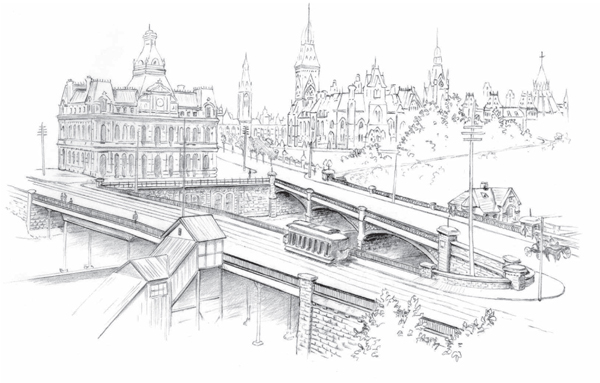
2. Blacksmith Shop (1826-1872): Sometime between 1826, when McKay first started clearing the site, and 1829, when it first appears on a map, McKay built the stone "contractor's Smith Shop". Not being a military building, very little information on this structure has survived.
3. Lockmaster's Office: The stone building that stands at the head of the locks was built in 1884 for use as offices for the lockmaster and the toll collector.
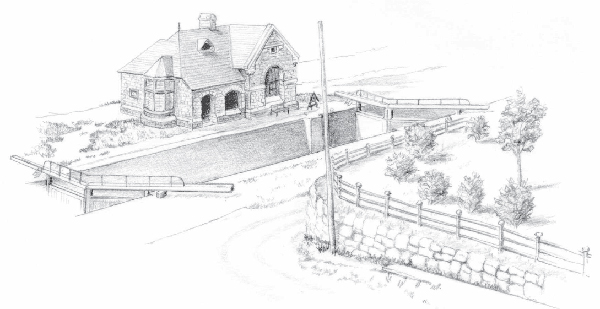
4. Commissariat Building: The stone Commissariat Building was constructed in 1827 as a warehouse for military and canal supplies. The oldest stone building in the city, it houses the Bytown Museum of the Historical Society of Ottawa (see the interpretive panel located in front of the building).
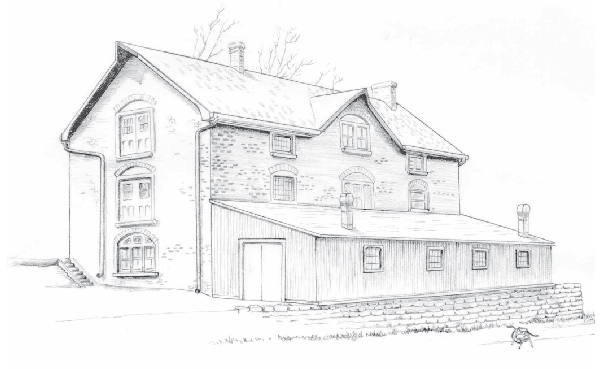
5. Royal Engineers Office (1827-1911): Similar in design to the Commissariat Building, the Royal Engineers' Building on the east side of the lock was converted into a private residence in 1868. In 1901, the rail line from Ottawa to Hull by way of the Interprovincial Bridge was built with the railroad terrace actually going through a portion of this old building. Vibrations from passing trains caused extensive damage and in 1911-12 it was torn down. The foundations of this building can still be seen next to the locks.
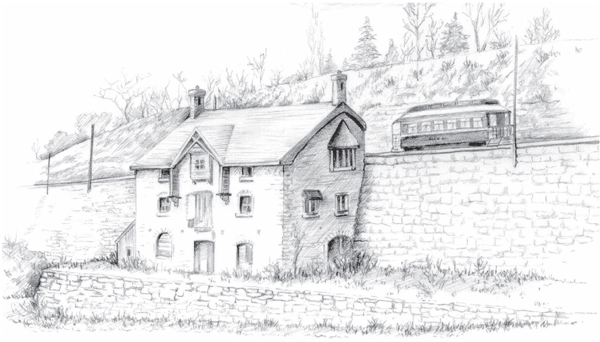
6. Major's Hill Park: The year 1849 brought the loss, by fire, of an important landmark, Colonel By's stone house on Major's Hill Park. It was not rebuilt. The statue of Lieutenant Colonel John By stands tall at the top of the hill.
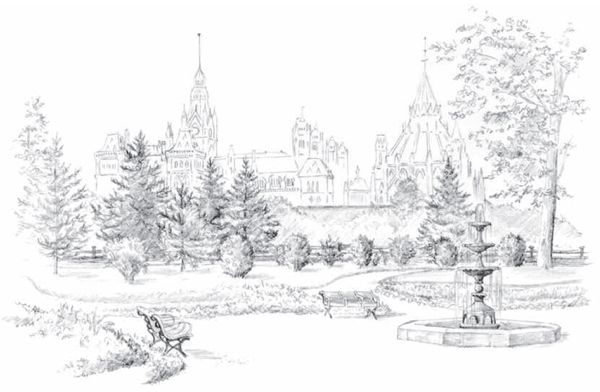
7. Chateau Laurier: A defensible lockmaster's house was built about 1859 but it was torn down in 1876 when Major's Hill Park was created. The Chateau Laurier, built in 1910-11 by the Grand Trunk Railway, now sits on the former site of this house. The Chateau Laurier was designated as a national historic site in 1980.
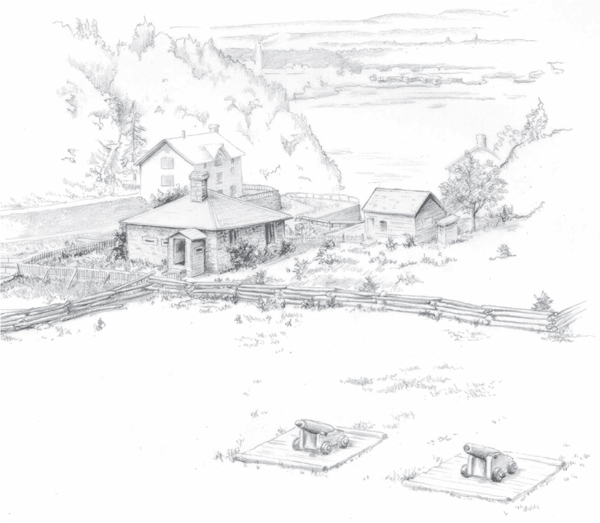
8. Parliament Hill: The care of soldiers' bodies had, of course, to be given attention from the start. One of the first buildings to be erected by Colonel By on Barracks Hill was a military hospital with 20 beds. Civilian patients were admitted to it whenever possible and civilian doctors were permitted to attend them. Hospitals have had an honoured role in the life of Ottawa ever since this early beginning. Bytown was officially renamed Ottawa in 1855 and was chosen as the site of Canada's Parliament. In 1859, the buildings on Barracks Hill (three stone barracks and a military hospital) were removed to make way for the construction of the new Parliament Buildings. Barracks Hill is now known as Parliament Hill. The Parliament Buildings were designated as a national historic site in 1976.
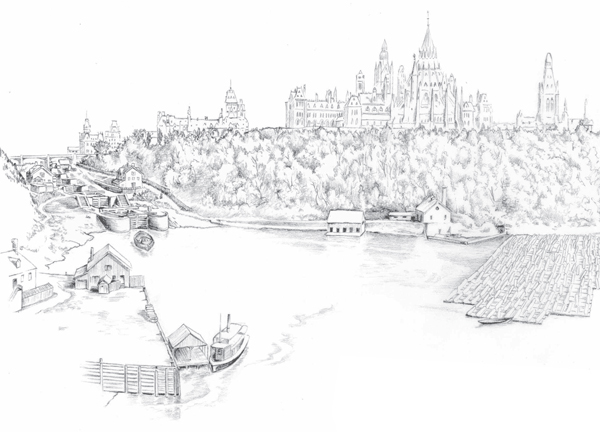
Related links
- Date modified :